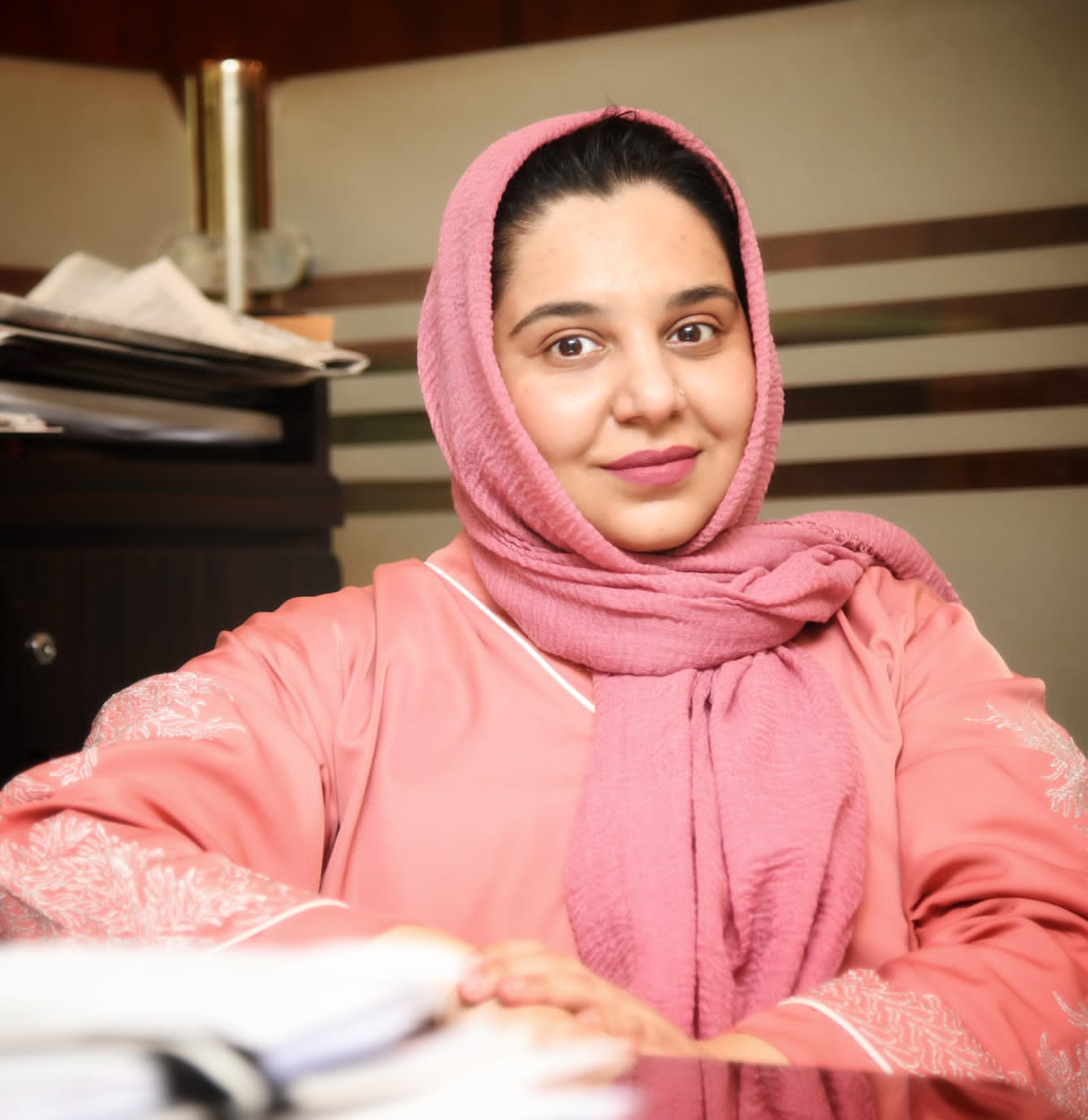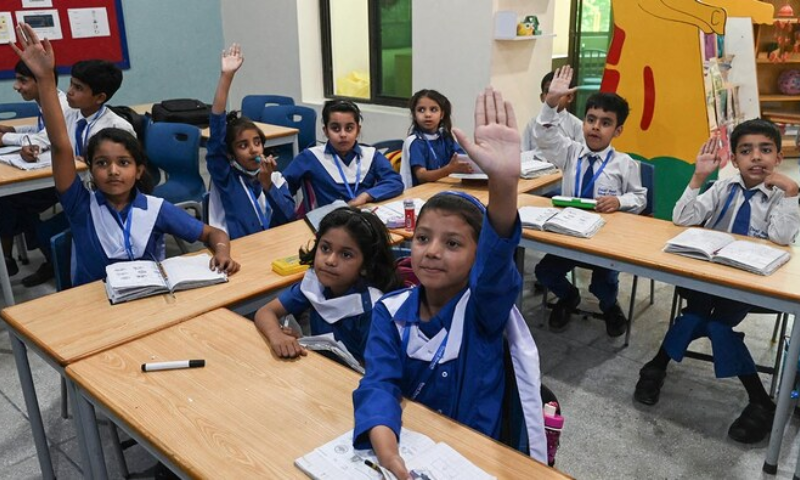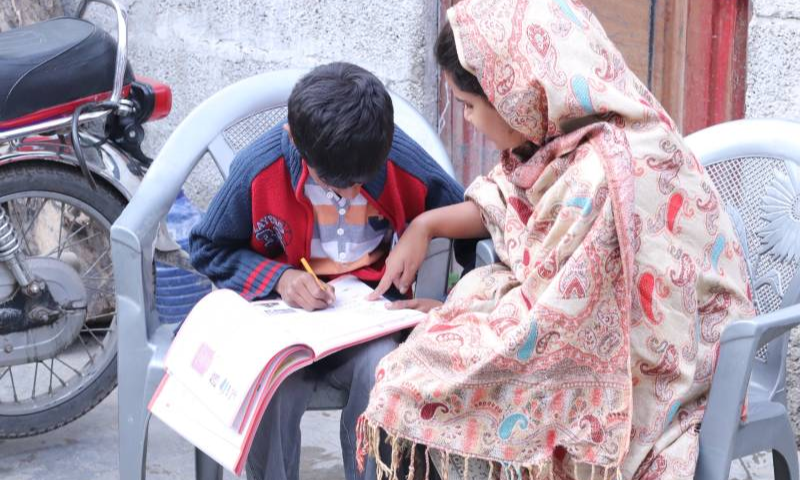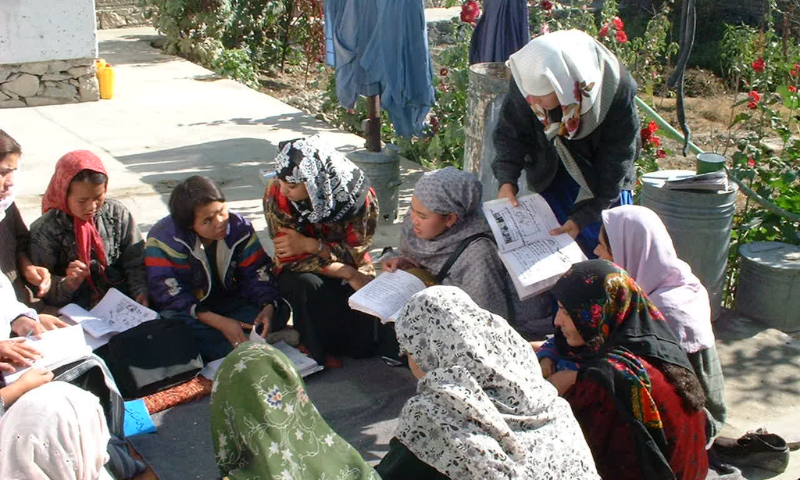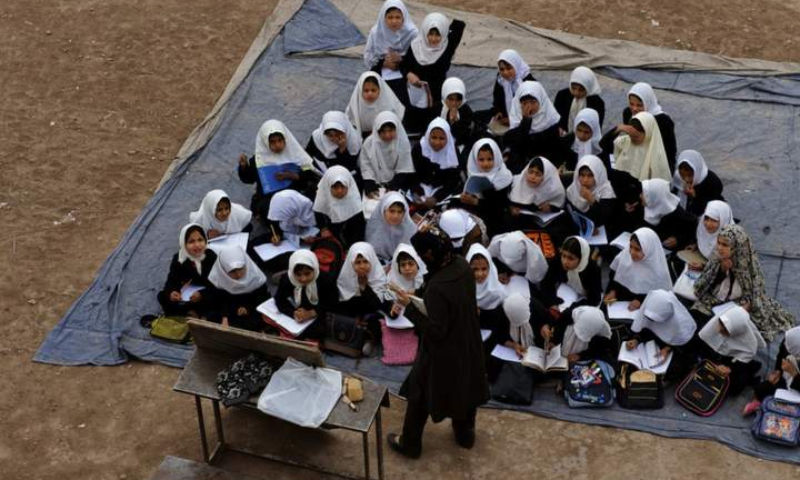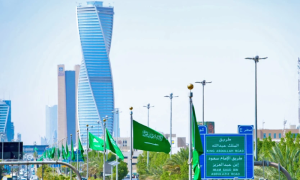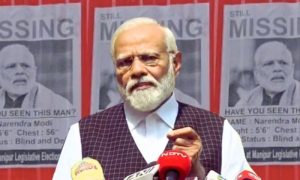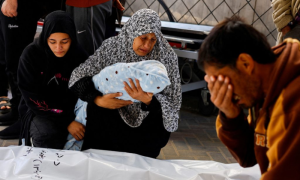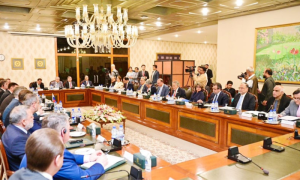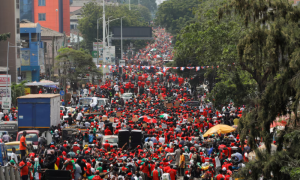On September 8th, the world observes World Literacy Day, a day dedicated to recognizing the fundamental importance of literacy as a human right and a foundation for lifelong learning. The 2024 UNESCO report sheds light on the ongoing literacy challenges globally, with a particular focus on Pakistan. Despite notable progress in certain areas, Pakistan faces significant hurdles in its education sector, particularly concerning children out of school and educational disparities.
Current Literacy Landscape in Pakistan
The 2024 UNESCO report highlights that Pakistan continues to struggle with substantial literacy challenges. The national adult literacy rate stands at approximately 60%, indicating that nearly 40% of adults remain illiterate. This challenge is compounded by considerable disparities between urban and rural areas, as well as between genders. The literacy rate for women is notably lower than for men, reflecting deep-seated gender inequalities that persist in the educational system.
Gender disparities are particularly pronounced in rural areas, where cultural norms and socio-economic factors often impede educational access for girls. The report reveals that women’s literacy rates are about 20% lower than those of men, underscoring the need for targeted interventions to address these gender-based barriers. Regional variations further complicate the literacy landscape, with urban areas generally having better access to educational resources and higher literacy rates compared to rural areas, which suffer from inadequate infrastructure and resources.
Economic factors also play a significant role in perpetuating low literacy rates. Families facing financial hardship often prioritize immediate survival needs over education, leading to irregular school attendance and higher dropout rates. Additionally, the quality of education remains inconsistent across the country. Many schools, especially in remote areas, lack adequate facilities, modern teaching materials, and sufficiently trained teachers, all of which contribute to poor educational outcomes.
Children Out of School: A Growing Concern
Recent data from the Ministry of Education highlights a critical aspect of Pakistan’s education crisis: the large number of children who are out of school. As of the latest figures, approximately 26,206,520 children across Pakistan are not enrolled in schools. This figure is broken down into various age groups, reflecting the extent of the educational gap.
For children aged 5 to 9, around 10,774,890 are not attending school, including 4,972,949 boys and 5,801,941 girls. This early-age gap in educational access points to significant barriers at the foundational level. Among children aged 10 to 12, approximately 4,935,484 are missing out on middle education. This group includes 2,106,672 boys and 2,828,812 girls, indicating a critical dropout phase before reaching higher levels of education.
The situation is equally alarming at the high school level, with a total of 4,545,537 students deprived of education. This includes 2,306,882 boys and 2,238,655 girls. The most concerning statistic is related to higher secondary education, where 5,950,609 students are not receiving the necessary education. This group consists of 2,992,570 boys and 2,958,049 girls, highlighting significant gaps in educational attainment at the senior secondary level.
Progress and Initiatives
Despite these challenges, there have been notable efforts to improve literacy in Pakistan. The government has introduced several initiatives aimed at enhancing educational access and quality. These include increasing the education budget, implementing new educational reforms, and expanding access to schooling in underserved areas.
Various educational programs have been launched to address literacy gaps. Initiatives such as the “Bunyad Program” and the “National Plan for Education” focus on improving basic education, particularly in rural areas. These programs are designed to enhance both the quality and reach of education.
Non-governmental organizations (NGOs) such as Room to Read and World Vision play a crucial role in addressing literacy issues in Pakistan. These organizations work to improve educational outcomes by providing resources, training teachers, and supporting girls’ education. Their efforts contribute to gradual improvements in literacy across the country.
Additionally, the integration of technology in education is being explored to address disparities. E-learning platforms and mobile education units are being used to reach remote areas and provide additional learning opportunities, helping to bridge some of the gaps in educational access.
Challenges and Recommendations
The 2024 UNESCO report identifies several persistent challenges that need to be addressed to improve literacy rates in Pakistan. Resource allocation is a critical issue, with increased investment needed in educational infrastructure and resources, particularly in underserved regions. Ensuring that schools are well-equipped and that teachers receive proper training is essential for improving literacy outcomes.
Gender inequality remains a significant barrier. Targeted interventions are required to address the specific barriers faced by girls and women in accessing education. Policies and programs that promote gender equality and challenge cultural norms are crucial for closing the literacy gap between men and women.
Economic support is another important area. Financial aid and scholarships for low-income families can help alleviate the economic barriers that prevent children from attending school. Additionally, political stability and effective administration are necessary to ensure the successful implementation of educational policies and programs.
Conclusion
World Literacy Day serves as a vital reminder of the transformative power of literacy and the ongoing efforts required to address global literacy challenges. In Pakistan, while progress has been made, significant work remains to be done to address the high number of children out of school and to bridge educational gaps. By focusing on targeted interventions, increasing resource allocation, and addressing socio-economic and gender disparities, Pakistan can make substantial strides toward improving literacy rates and building a more educated and empowered society. As we observe World Literacy Day, it is essential to renew our commitment to educational equity and work collaboratively to ensure that every child has the opportunity to learn and succeed.









